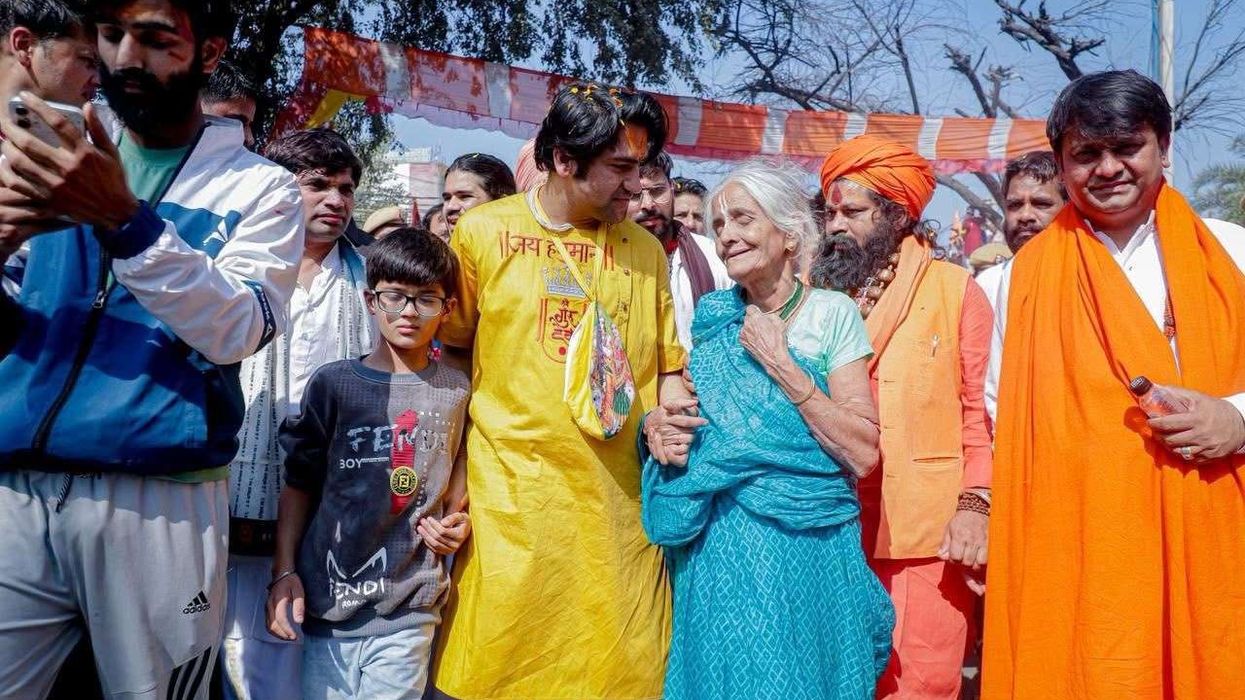by LAUREN CODLING
KENSINGTON PALACE has seen a surge of Asian visitors following its ongoing exhibition on Queen Victoria and her ties to India, a palace curator has said.
Victoria: Woman and Crown follows the life of the monarch, starting from when she was a teenager to her later role as the Empress of India. Queen Victoria’s special relationship with India is a focal point in the exhibition, with displays featuring stories about the Kohinoor diamond and the monarch’s friendships with Indian prince Maharajah Duleep Singh as well as her attendant Abdul Karim.
According to curator Polly Putnam, an increasing number of Asian visitors have attended the exhibition since it opened earlier this year.
“We have definitely had more Asian families come to see the exhibition than we would have done otherwise, and that is new for us,” she told Eastern Eye.
Typically, Putnam said, those who visit the palace are foreign tourists keen to go “royal hunting”. Putnam, who has worked as curator at the palace for seven years, believes the exhibition has shown a side to the Queen and the British Empire which visitors have “greatly appreciated”.
“I feel like people have been pleased that we’ve been honest about the story of the British Empire. It isn’t pretty, and it isn’t a nice story,” she explained. “People have seemed to appreciate that we haven’t tried to hide anything and told it like it is.”
On show are items such as Duleep Singh’s velveteen jacket and notebook as well as diaries of Victoria’s time practising Urdu with Karim as her tutor. It is clear that India held a special
place in the monarch’s heart. A replica of the famed Kohinoor diamond is also on display, positioned near a portrait of the royal wearing the precious stone.
It has been debated for decades whether the jewel should be returned to India, where it originated from. The 186-carat diamond was originally owned by Duleep Singh’s father and was obtained by the East India Company following the defeat of the Sikh Empire.
Given the focus on India, the palace team were keen to engage with British Asian communities so they could collect responses to key themes and objects featured in the exhibition.
In the summer, an inter-generational group of 13 British Asians met Putnam and interpretation manager Carol Swords. They had the opportunity to learn more about Queen Victoria, contribute contemporary responses to the exhibition with poet Jaspreet Kaur and visit the object stores at Hampton Court Palace in south London.
“We had some really interesting, honest conversations about the empire,” Putnam explained. “The younger generation looked to the older generation for details that they had lost.”
Some women, originally from the Punjab, were especially excited to view items relating to Duleep Singh.
“He was their great hero, so they were thrilled to be able to get up close to some of the objects belonging to him,” Putnam recalled.
Queen Victoria reigned longer than any of her predecessors – 63 years in total. She saw much tragedy in her life, including the premature death of her beloved husband Prince Albert.
With so much history to choose from, why did Putnam focus on Queen Victoria’s relationship with the subcontinent?
For one, the curator said, it was down to the friendships the royal developed with her Indian companions, which influenced her in so many areas of her life.
“Her relationships with Duleep Singh and Abdul were so significant, because she got to know them well,” she said. “It was because of those relationships that India became the most important part of the Empire for her.”
Victoria: Woman and Crown is on until January 5, 2020 at Kensington Palace in London.












